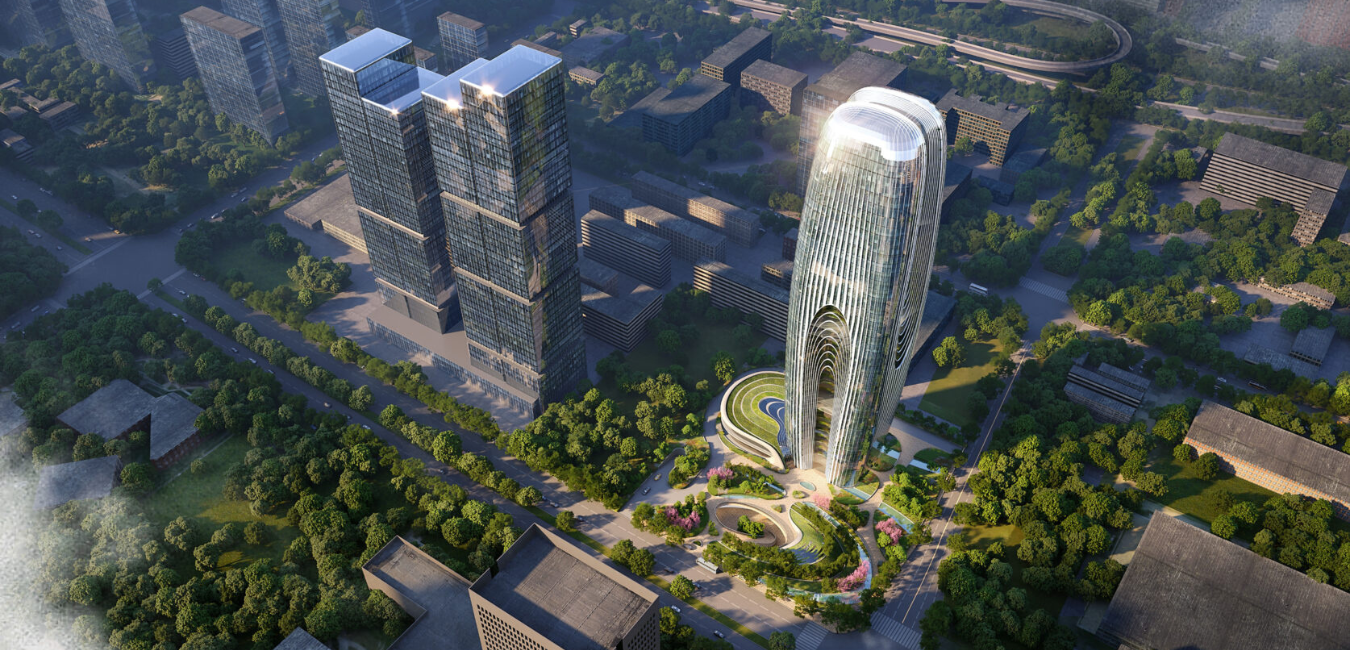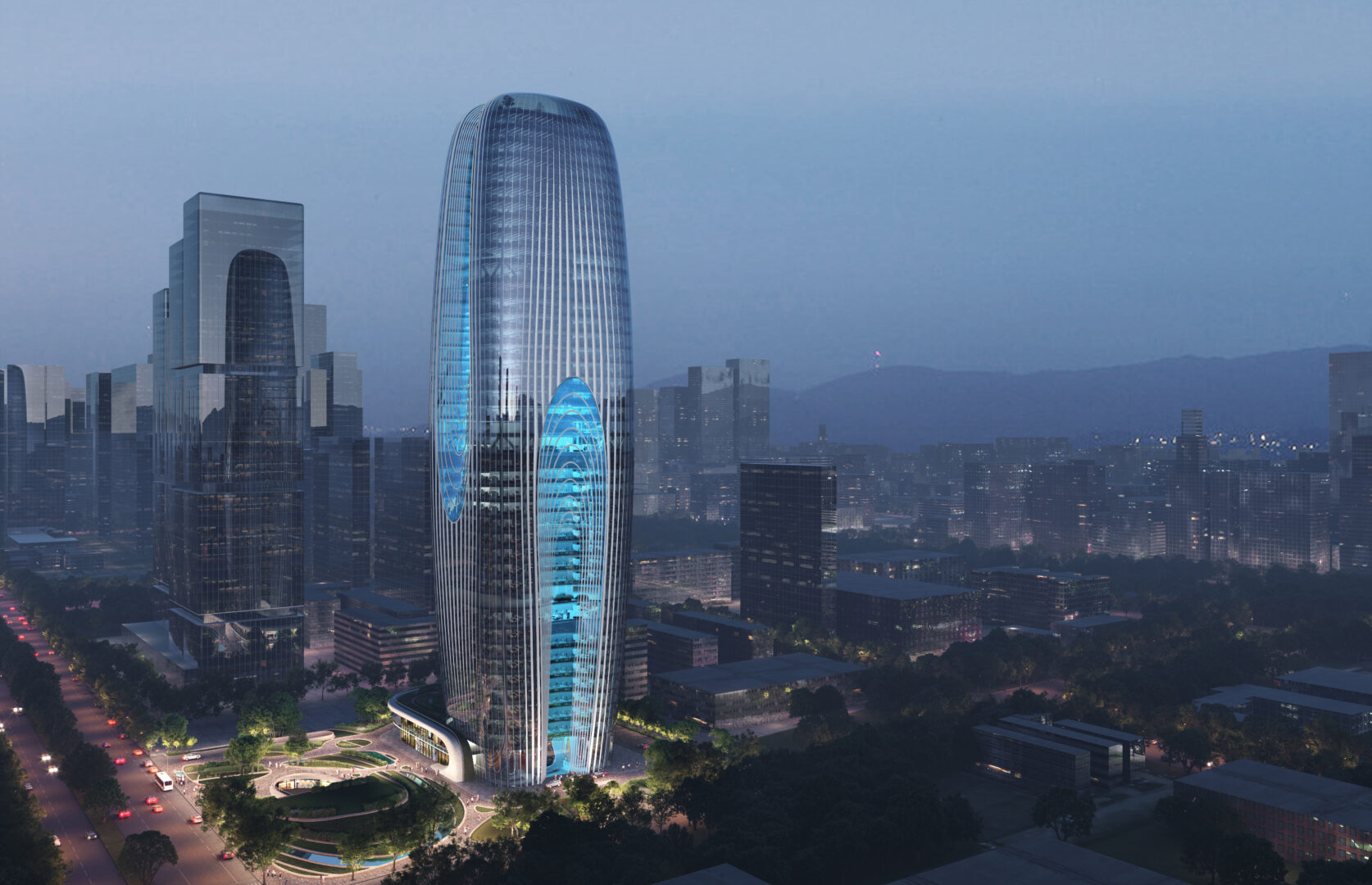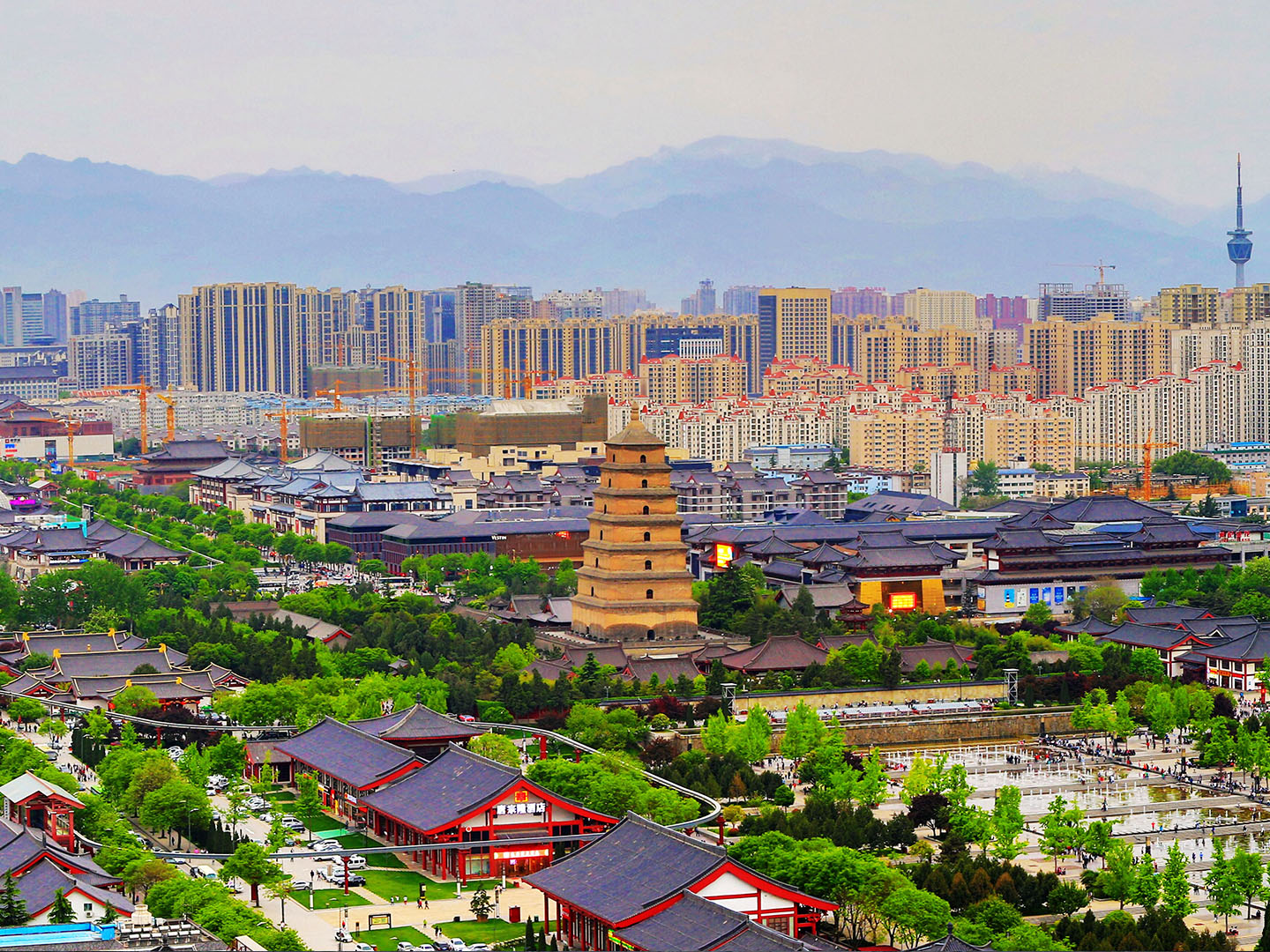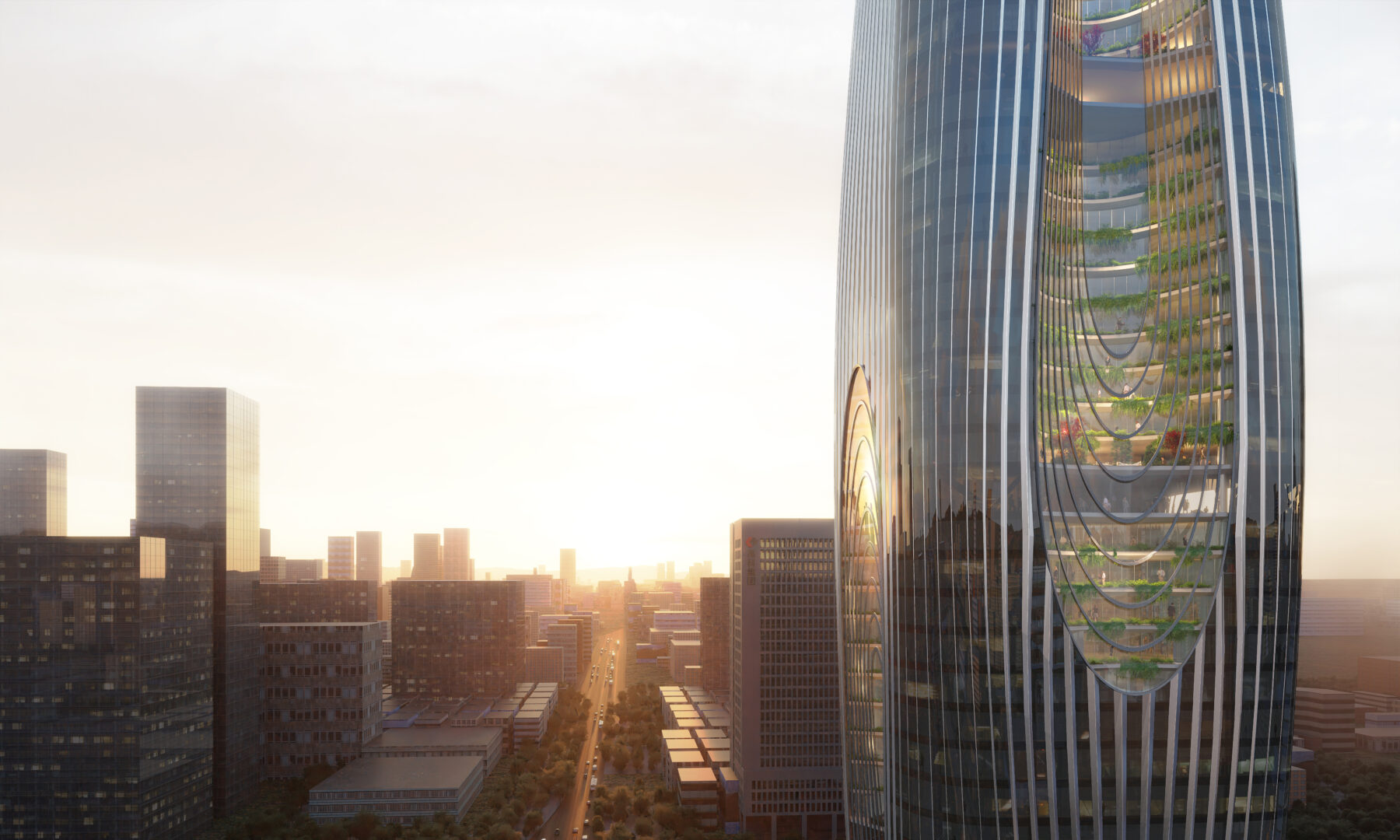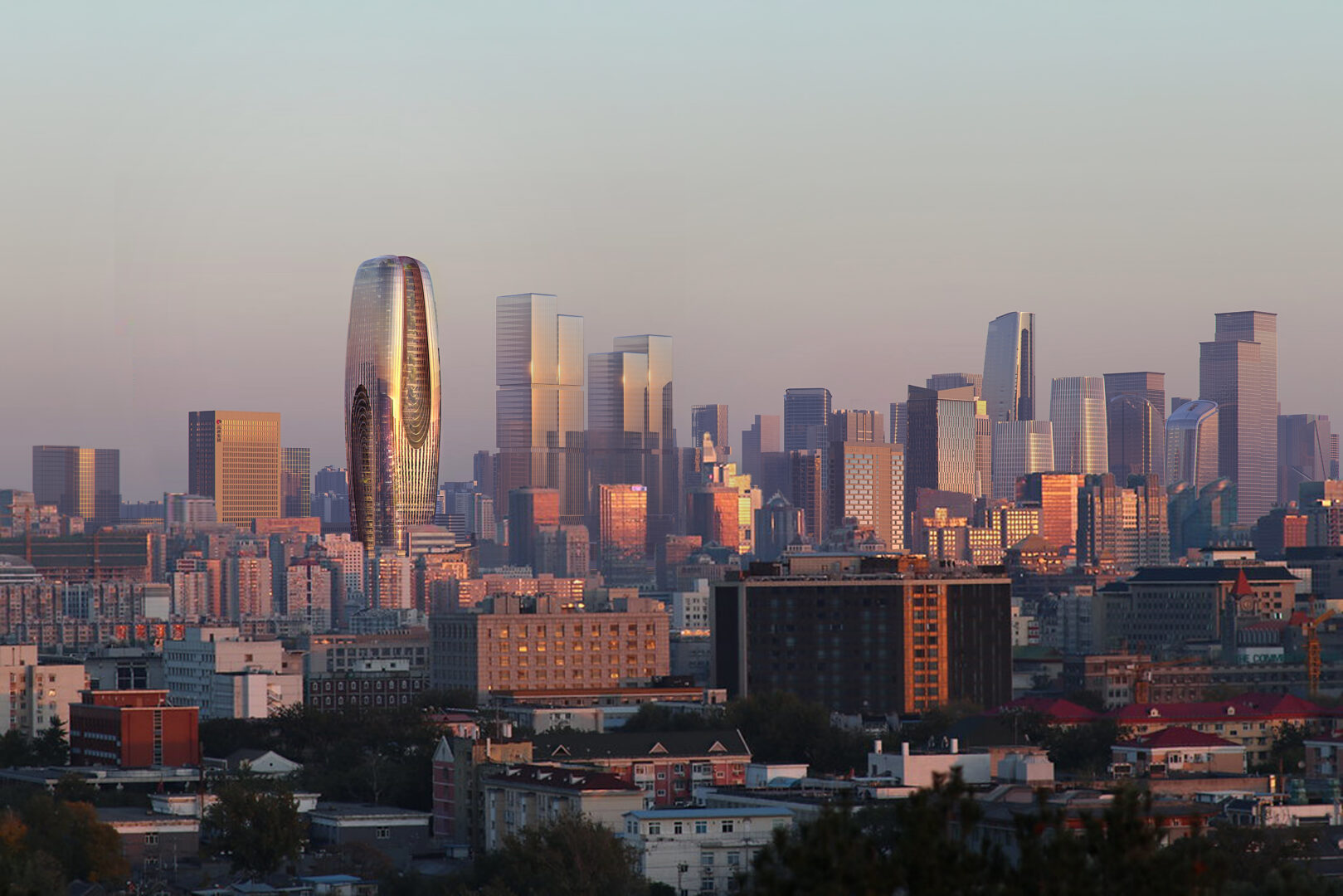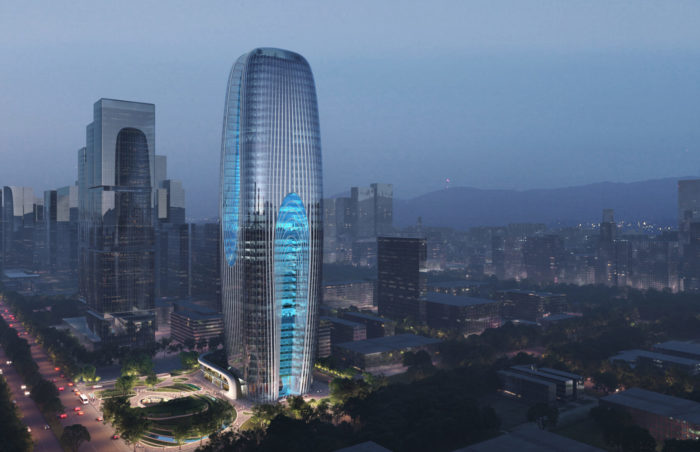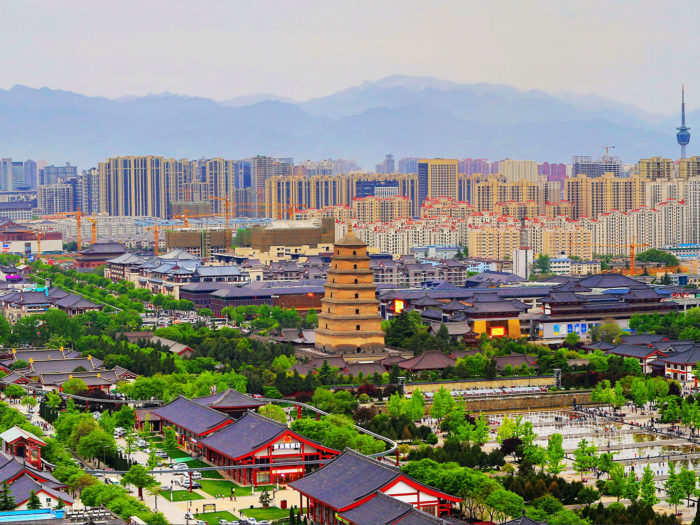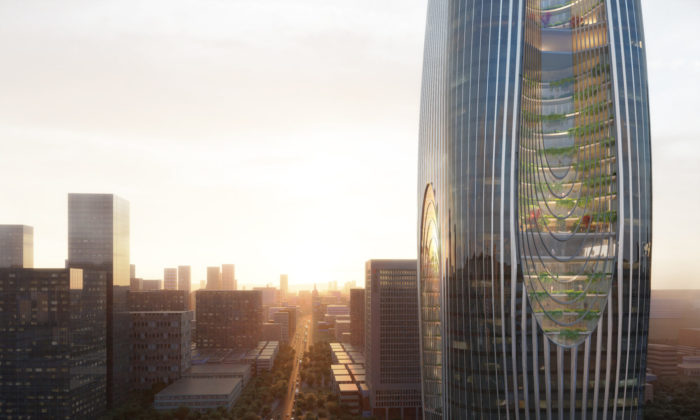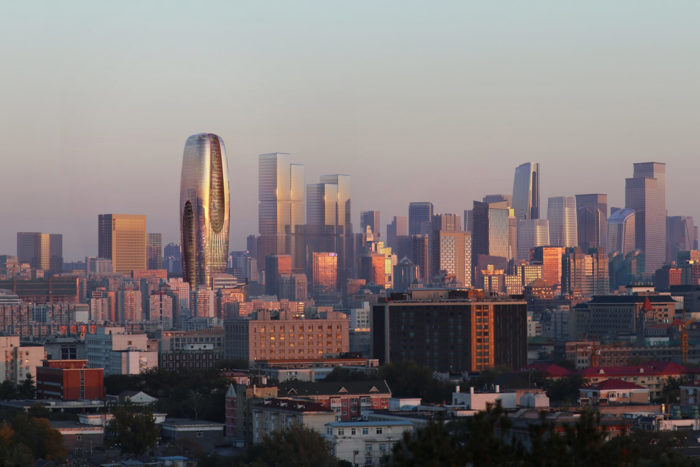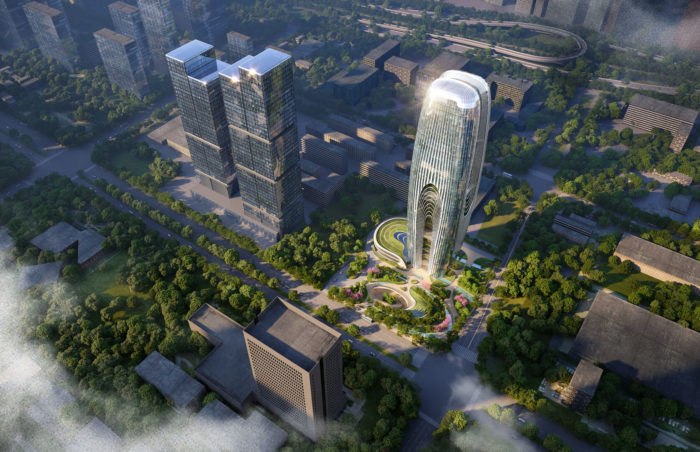Zaha Hadid Architects, renowned for their innovative and striking designs, will spearhead the construction of the impressive Daxia Tower at the heart of Xi’an’s flourishing development zone. The announcement was made by the Daxia Group during a ceremony held in Xi’an, underscoring the significance of this upcoming architectural marvel.
Xi’an, a vibrant city with nearly nine million inhabitants, holds great historical significance as China’s ancient capital and the eastern gateway of the Silk Road. The city has experienced substantial growth in its technology sector in recent years, thanks to robust support from national and local governments.
The presence of esteemed universities and research institutions has further accelerated the development of a thriving technology ecosystem in Xi’an, attracting significant domestic and international corporations. The city is now a prominent hub for cutting-edge industries such as semiconductor manufacturing, robotics, aerospace, and bio-pharmaceuticals.
Daxia Tower: An Urban Jungle in Xi’an
The Daxia Tower will be strategically located on Jingye Road, within the Xi’an High-Tech Economic and Technological Development Zone in the city’s southwest. This zone is home to over one-hundred Fortune 500 companies and multinational corporations, making it a significant driver of Xi’an’s economic growth. Additionally, the tower will be situated on a 16,700 sq. m site in the Yanta district, perfectly integrating with the surrounding urban landscape.
Rising to a height of 210 meters, the Daxia Tower will span an impressive 127,220 sq. m, accommodating offices, retail spaces, and other essential facilities. Its design, envisioned by Zaha Hadid Architects, will feature a gently curving silhouette accentuated by patterned glazing and stunning atriums that flood the floorplates with natural light. These atriums will offer panoramic views of the city to the north and east, as well as the burgeoning high-tech zone to the south and west, marking the center of the business district.
Intriguingly, the tower’s interior design will incorporate data analytics and behavior modeling to create adaptable, future-proofed workplaces that prioritize the well-being of employees. By leveraging real-time analytics, the tower aims to foster healthy and enjoyable environments for its occupants.
Furthermore, sustainability is a crucial focus of the Daxia Tower project. Targeting LEED Gold certification and the highest three-star rating of China’s Green Building Program, the Daxia Tower will optimize natural daylighting and ventilation. High-performance, low-emissivity, unitized glazing with thermal coating will reduce energy demand and enhance overall efficiency. Additionally, photovoltaics will be integrated into the responsive façade to generate renewable energy and power various systems within the building.
To ensure a healthier indoor environment, natural ventilation will be facilitated through the large atriums. In contrast, planting on numerous terraces overlooking these atriums will aid air purification and reduce indoor pollutants. A rainwater harvesting system will be in place to collect and store rainwater for non-potable use, while a recycling system will treat and reuse greywater to minimize the building’s water consumption.
A smart management system will be implemented, continuously monitoring and optimizing energy consumption and environmental performance. Sensors and automation throughout the tower will adapt to occupancy patterns and changing weather conditions to maximize efficiencies and enhance occupants’ comfort. Moreover, sustainability will extend to the tower’s procurement and construction, as a conscious effort will be made to prioritize using recycled and locally-sourced materials from Xi’an and the surrounding Shaanxi province.
Ultimately, the Daxia Tower by Zaha Hadid Architects is set to become a remarkable landmark at the heart of Xi’an’s dynamic development zone. With its innovative design, sustainable features, and focus on occupant well-being, the tower promises to symbolize modernity and progress for the city, further solidifying Xi’an’s position as a leading hub for technology and economic growth in China.
